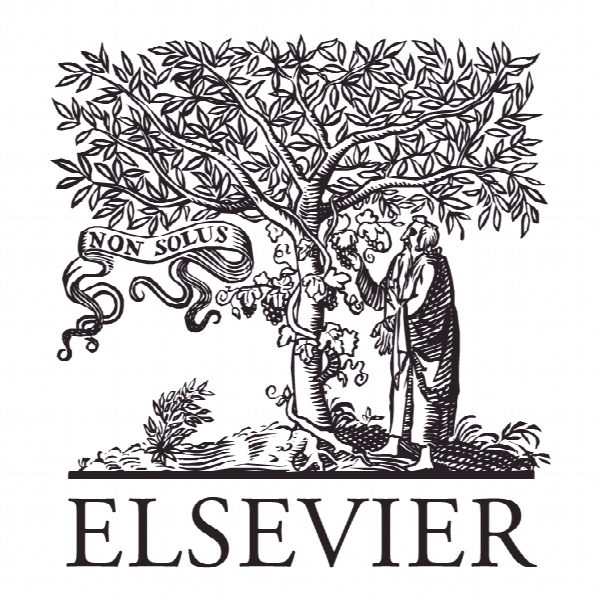سازمان ارتباطات شفاف و فرم های ترکیبی جدید محتوا The transparent communicative organization and new hybrid forms of content
- نوع فایل : کتاب
- زبان : انگلیسی
- ناشر : Elsevier
- چاپ و سال / کشور: 2017
توضیحات
رشته های مرتبط علوم ارتباطات اجتماعی
مجله بررسی روابط عمومی – Public Relations Review
دانشگاه یواسکیلا، فنلاند
نشریه نشریه الزویر
مجله بررسی روابط عمومی – Public Relations Review
دانشگاه یواسکیلا، فنلاند
نشریه نشریه الزویر
Description
1. The era of new hybrid forms of content As traditional brand-centered communication and marketing efforts have become ineffective in the online environment (DuMars, Sitkiewicz, & Fogel, 2010; Luoma-aho & Vos, 2010), brands and organizations are moving their messages to issue-centered discussions in arenas chosen by the social consumers (Kliatchko, 2008). This implies a move from the push environment of traditional influence toward the searchable, customizable, (Seabra, Abrantes, & Lages, 2007), and relevancedriven pull environment, where the value comes from informative, entertaining and less irritating content (Tutaj & van Reijmersdal, 2012). The central idea in this pull environment is “engagement:” Brands and organizations are increasingly engaging stakeholders online by providing relevant content outside their main product or service. When content produced by brands or organizations is interesting enough to engage stakeholders, it builds direct interaction between the brand or organization and the individual consuming the content (Mangold & Faulds, 2009). In aiming to engage stakeholders, the lines between editorial content, advertising and edited content are blurred (Reijmersdal, Neijens, & Smit, 2005) and online content takes a hybrid form (Balasubramanian, 1994). Examples of such hybrid content include sponsored content (Sonderman & Tran, 2013), native advertising (Interactive Advertising Bureau, 2013), content marketing (Pulizzi, 2012) and brand journalism (Brito, 2013; Cole & Greer, 2013). What they all have in common is their attempt to create value by offering relevant and useful content for stakeholders (Cole & Greer, 2013; Interactive Advertising Bureau, 2013; Pulizzi, 2012) and building credibility through brand and organizational identification. The move toward engagement has sparked the interest of several disciplines such as public relations (PR), marketing, journalism and advertising. The new focus on engagement has narrowed the previously apparent differences between the aforementioned disciplines (Fournier & Avery, 2011; Michaelson & Stacks, 2007; Pulizzi, 2012), imposing an “identity crisis” with new ethical challenges for PR professionals. Previous studies have suggested combining, not separating, PR and marketing to get the best out of the engagement enabled by the online environment and social media (Fournier & Avery, 2011; Hensel & Deis, 2010; Pulizzi, 2012). Some believe that the hybrid forms of online content may indicate a change for the entire PR industry toward more marketing-oriented methods. Concern has arisen over replacing traditional PR with pure advertising and branding objectives (Hallahan, 2014). As the industry practice of providing online content spreads, there is emerging concern that brand and organization-generated content may deceive publics, may be one-sided or misleading and may be in need of regulation. For hybrid content, the transparency of the source, aim and origin is often lacking. In fact, hybrid content is often disguised. According to Balasubramanian (1994, p. 30), there is a need to address “. . . all paid attempts to influence audiences for commercial benefit using communications that project a noncommercial character . . . [because] under these circumstances, audiences are likely to be unaware of the commercial influence attempt and/or to process the content of such communications differently than they process commercial messages.”


